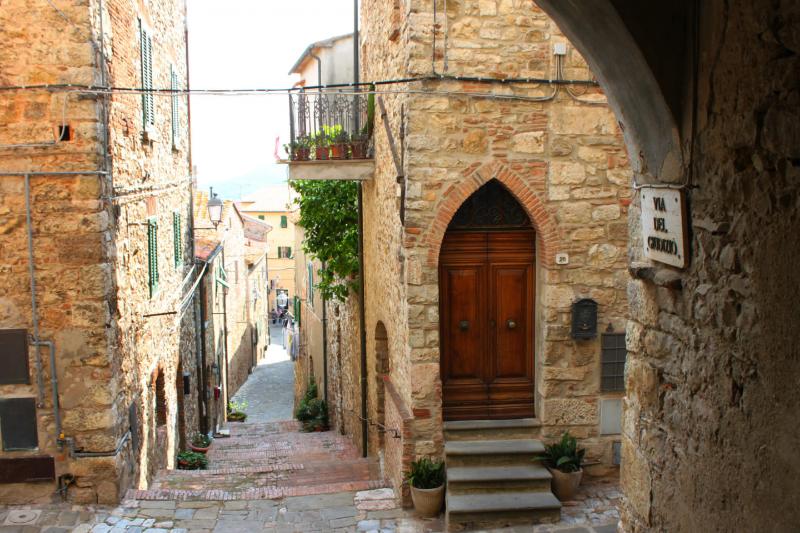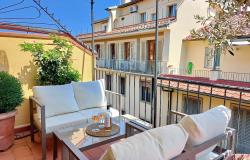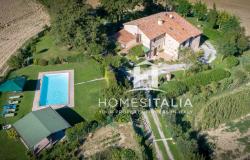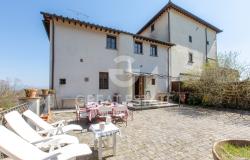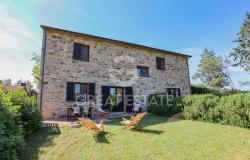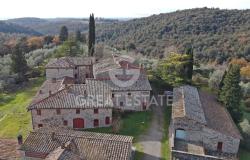The rustic spirit of this Tuscan village, located in the countryside of the Maremma, between the sea and metal-rich hills, is palpable in the houses and artisans’ workshops dating to the Middle Ages, built with the local stone and salvaged materials.
After a 200-year-old decline, caused by environmental neglect, Suvereto returned to life in the 19th century, and is now surrounded by thriving vineyards, olive groves and the numerous, ancient cork oaks that gave the name to Suvereto, from Suberetum of Roman times.
The Aldobrandesca fortress, which sits in the highest position, is documented since 973. In the 12th century, the Aldobrandeschi counts built the tower on top of the hill and moats around the village. The golden age for Suvereto was the 13th century. The Palazzo Comunale was built then, surmounted by an ancient bell tower which was used to summon the Anziani (elderly) to city assemblies.
Between the 13th and 14th century, the urban development of Suvereto continued with the construction of the walls and other buildings, which gave the village the structure it still has today. As it was located between the rival cities of Florence and Siena, Suvereto was often subject to soldiers’ invasion, looting and sieges.
From the 16th to the 18th century Suvereto was largely abandoned due to the unhealthy air caused by the stagnant waters of the Maremma marshes, which were not reclaimed until the 19th century, when Suvereto became part of the Grand Duchy of the Lorena, who transformed the land into agricultural fields cultivated with olive trees, vineyards and cereals.
The wine and the olive oil produced in the area today are prized, including the red Suvereto, which obtained the prestigious Docg label in 2011. A local delicacy to try while visiting is boar meat.
